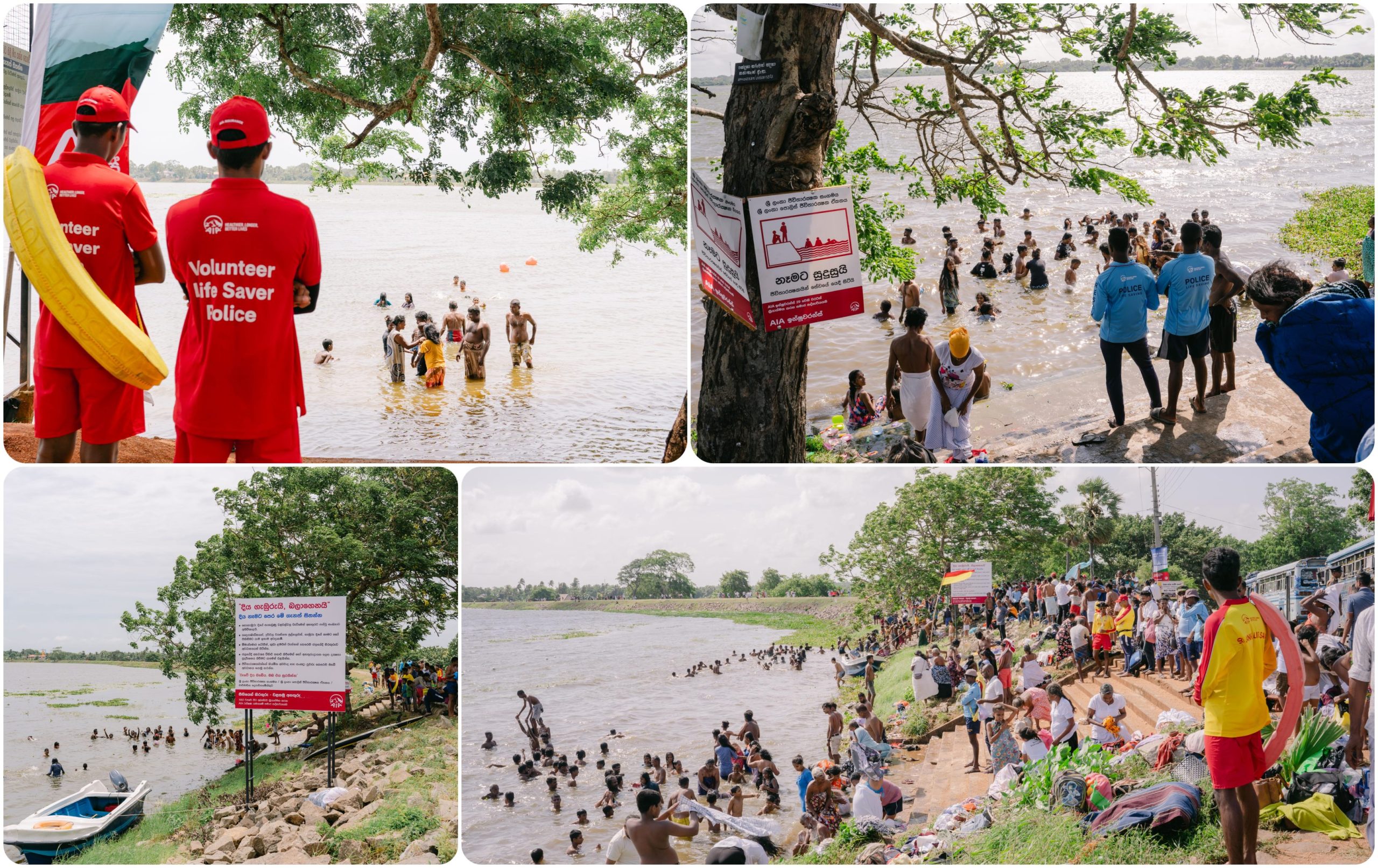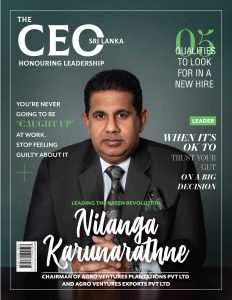At its roots, architecture exists to create the physical environment where people live, but architecture is more than just the built environment; it’s also a part of our culture. It stands as a representation of how we see ourselves and how we see the world. In that context, Asanka Samarakoon Design Group is an architectural and interior design firm formed by none other than the Founder and Director, Asanka Samarakoon himself, in early 2014. He has been working fluidly with prominent Sri Lankan architects since the early 2000s, having over 18 years of amicable experience in the field concerning hospitality, commercial, retail, and residential projects.
As a child, Asanka was originally drawn to architecture after watching his grandfather, an engineer, work on his drawing board with freehand sketches. He began to enjoy sketching on the whiteboard, tracing paper, drawing rolls, ink drawing pens, and the aesthetics of drawings. So these elements inspired him to pursue his dream of becoming an architect and designer one day. He attended Thurstan College in Colombo before enrolling in Technical College to get his National Certificate in Engineering Draughtsmanship. In 2001, he was engaged as a trainee Draughtsman, which was also his first employment. Asanka began his fascinating career in the sector in 2001, working with several renowned architects and interior designers.
Working for nearly ten years under Architect Murad Ismail, Architect Channa Daswatte, Interior Designer Annika Fernando for two years in the same company, and Architect Philip Weerarathne was a watershed moment in Asanka’s career. From 2011 to 2013, he attended Northumbria University’s Academy of Design, earning a BA in Interior Design. Later, after 14 years in architecture and interior design, Asanka established his firm, “Asanka Samarakoon Design Group,” in 2015. In 2016, he was certified as an “Architectural Licentiate” by the Architects Registration Board in Sri Lanka, adding to his list of accomplishments. Asanka Samarakoon Design Group has completed over 40 architectural and interior design projects so far, including Hospitality, Residential, Commercial & Retail categories and it continues to expand with roughly 15 ongoing projects. One of the benchmarks of the journey is winning the Global award in the Luxury Lifestyle Awards 2020 as The Best Interior design Studio in Srilanka.
While the concept of shelter is a relatively simple thing, the climate of a particular location initially shapes the style of buildings, what materials are readily available, and the values of the society building them. As the world becomes more and more connected, the styles evolve, but even in modern construction, there is still an importance in honouring the cultural nuances in the built environment. One may ponder how architects choose which projects are a suitable fit for them, and in light of this, Asanka, as a person who is passionate about his work and constantly tries to give it his all, never picks or selects particular projects Instead, he attempts to make each project a good fit for him and to accomplish something new and different in each one.
The elements and principles of design are the building blocks and fundamental ideas about the practice of good visual strategy used to create a work of art, any design, be it architecture, interior designs, or a painting. These elements are the basis of all intentional visual design strategies. Suppose houses reflect the times they were designed. In that case, mid-century modern is the architecture of ideas created by those who believed the forward-looking style could be a vehicle for social change to create a better society. Characterized by flat planes, large glass windows and open space, these homes — built from 1945 to the 1980s — featured simplicity and an integration with nature, encouraging residents to explore the world in new ways.“I’m a modern minimalist, and apart from that, I love mid-century modern styles,” Asanka affirms apropos to what elements define his style and how he drives his design decisions. His style is defined by contemporary/modern minimalistic designs with neutral/earthy colour tones, straight lines, flat planes, prominent solid shapes, huge volumes with natural ventilation, and open spaces. As for interior design, he enjoys modern and mid-century modern-based aesthetics, as previously said. He underlines that vivid colours define his style, as he attempts to make a statement piece with one of the aspects in every design. He resonates this by stating, “Without being stuck in a box, I have a passion & curiosity to explore and try new things as taking risks drives me to do unique designs in both Architecture & Interior design. These approaches give me the chance of staying updated, creating timeless designs whilst staying ahead of the curve.”
There’s also the understanding that architecture is a discipline within itself. One could argue that it’s equally essential for architects to continue to push the boundaries of buildings in new ways for the pure pursuit of the craft. Dealing with diverse types of clients with various personalities is one of the most challenging issues Asanka has faced in this industry, especially dealing with multiple types of characters simultaneously in parallel running projects. This presented a significant difficulty for him at first, but with time and experience, he could adapt based on the characteristics of the various clientele. However, over time, Asanka began to notice his clients’ personalities and design styles. He began to have long, friendly conversations with them, which led him to understand their lifestyles and personal tastes, assisting him greatly with every design. He believes this is one of the reasons he has such content and a satisfied clientele.
Management style is the crux to design & construction team success. When asked about his project management technique, he says that from the initial meeting with the customer until the project is completed, he works directly with them and coordinates with the Builders and Suppliers to ensure that the projects are completed exactly as designed every detail, and on time. In addition, he conducts frequent site visits and site meetings to ensure no delays and that everything is functioning correctly.
Architecture & Interior are both art and science, drawing on and intertwined with psychology, sociology, economics, politics and more. As Asanka puts it, his design process includes spending a considerable amount of time understanding the client, the community, and the environment the project will be in well before any drawings are even started. Architects strive to learn from previous projects, both what they’ve done themselves and successful projects of similar scope done by others. A successful project comes from understanding that the spaces and buildings stir up feelings that aren’t easy to quantify but are created from collecting and implementing all this knowledge and research.
There are countless ways that architects & Designers can continue to evolve the occupation and respond to the changing needs of society. Asanka is cognizant of how the past has shaped cultures and how he can build on that knowledge to support our current needs while simultaneously planning for the future. He is passionate about making the world a better place through design and understanding his responsibility to the craft as he continues to aspire for Asanka Samarakoon Design Group to be one of the “Unique” Architectural & Interior Design Practices in Sri Lanka to make it towards the Global design industry.
Asanka ends his account with a few remarkable words of wisdom, “ The passion & love for what I do & never giving up in the hard times are the main reasons I’m still continuing with my long 18 years career, successfully. There were many ups & downs, but one thing I always did best is stay strong & come back strongly. If you have trust, confidence in yourself & passion for what you do, have good philosophy nothing can stop or hold you from achieving your goals.”


